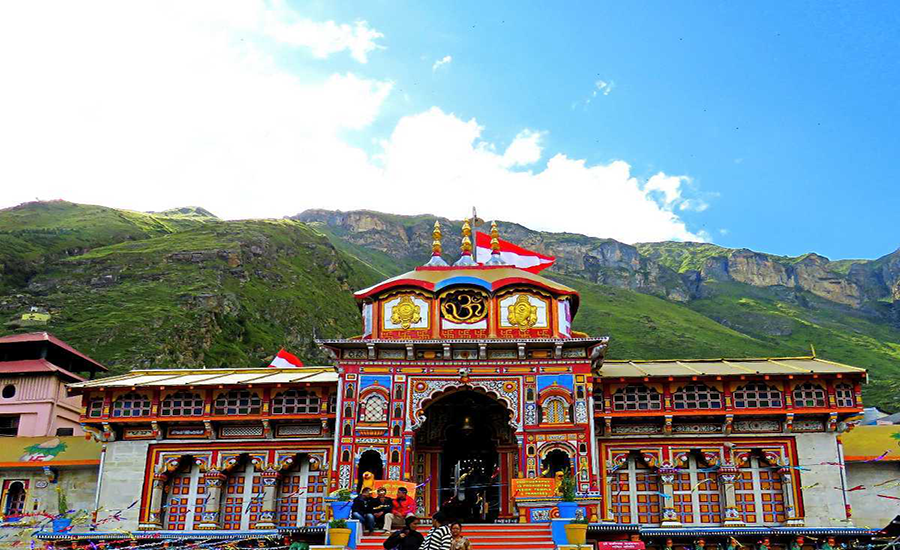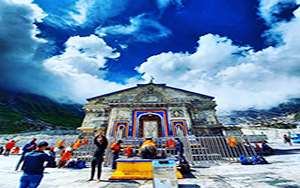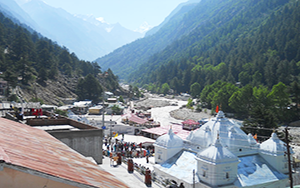Badrinath is one of the major holy towns in Uttarakhand for Hindu pilgrimages. It is situated at an average elevation of 3,100 metres above sea level near the banks of the Alaknanda River. This is also one of the best mountainous regions in Uttarakhand, which opens up several trekking routes and a range of spectacular nature views. Badrinath is home to a range of places of interest that can appeal to every kind of tourist visitor.
1. Badrinath Temple
Badrinath is a world-renowned pilgrimage destination for Badrinath Temple, dedicated to Lord Vishnu. This is an essential part of Char Dham and Chota Char Dham according to Hindu religious beliefs that the temple has strong spiritual divinity. This temple is considered one of the sacred temples dedicated to Lord Vishnu out of 108 temples known as Divya Desam and has been mentioned in various ancient Hindu Texts. Contact Chardham Yatra to book a comprehensive Badrinath tour package for you to explore all the significance of this divine region in Uttarakhand.
2. Neelkanth Peak
Just to the back of Badrinath temple, one can witness the Neelkanth peak in a conical shape that is known as Garhwal Queen. Its snowy peak gives the mountain the shape of a pyramid which develops the background of Badrinath. Here visitors can go up to the Brahma Kamal region.
3. Tapt Kund
According to folklore, devotees need to take a holy dip in the Tapt Kund before entering Badrinath Temple after shredding all sins. It's a natural hot water sulphur spring with a standard temperature of 55 degree Celsius which is also said to be the abode of Agni. The water temperature gradually rises in the daytime. It's considered that taking a dip in this Kund can cure skin issues.
4. Charan Paduka
Charan Paduka is a large boulder rock that is believed to bear the footprint of Lord Vishnu according to Hindu Mythology. This is where Lord Vishnu set his foot first when he made his "Dhara Avtaran." This surrounding area gets filled with breathtaking meadows during the summers.
5. Vyas Gufa
You can visit Vyas Gufa near mana village, where Shri Vyas Muni wrote the Great Mahabharata. Other associative caves are also present near Vyas Gufa that are mentioned in ancient Hindu epics like Ganesh Gufa, Bhima Gufa and Muchakanda Gufa.







.png)